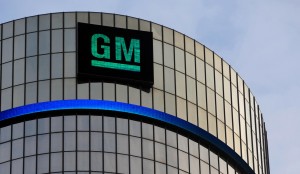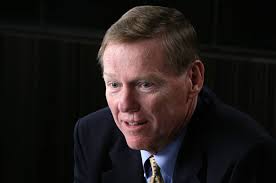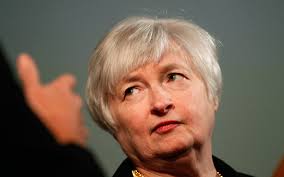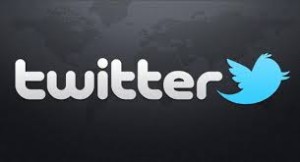 You’ve heard it before – the Samsung Galaxy S5 has not been the world-beater the company had expected, the smartphone market is just too saturated, other Samsung devices aren’t setting the tech world on fire. The long and the short of it is that Samsung had, in the second quarter of 2014, just posted its worst quarterly financials in several years, following subpar smartphone shipments. And it looks like the damage extends beyond Samsung Mobile managers returning their bonuses in respect to the company’s financial predicament.
You’ve heard it before – the Samsung Galaxy S5 has not been the world-beater the company had expected, the smartphone market is just too saturated, other Samsung devices aren’t setting the tech world on fire. The long and the short of it is that Samsung had, in the second quarter of 2014, just posted its worst quarterly financials in several years, following subpar smartphone shipments. And it looks like the damage extends beyond Samsung Mobile managers returning their bonuses in respect to the company’s financial predicament.
According to a new report from the Korea Herald, Samsung “is tightening its belt as it is forecast to face tougher competition in the global smartphone market,” possibly alluding to the iPhone 6 release date in September and the flagging fortunes of its quickly-aging Galaxy S5. The report adds that Samsung may potentially save 20 percent on airfare by having worked closely with 26 airlines in order to get more affordable business flights for executives; this may be one cost-cutting initiative launched in hopes of improving Samsung’s bottom line.
In addition, Samsung is also rumored to be preparing for some restructuring within the year, something that could spell doom for many employees in the company. The Korea Herald claims that Samsung may downsize its workforce by “up to 20 percent” of its executive-level workers and “streamlining” subcontractors, unless business improves substantially in the coming months.





 The gender disparity in science, technology, engineering, and math (STEM) has been apparent for years, in spite of scholarships meant to entice females to these fields. Many have simply attributed the gender gap to a difference between men and women’s academic interests, but a new study from the Columbia Business School suggests that there’s more to the problem. In “How Stereotypes Impair Women’s Careers in Science,” Ernesto Reuben demonstrates how gender discrimination and bias bar women from STEM careers.
The gender disparity in science, technology, engineering, and math (STEM) has been apparent for years, in spite of scholarships meant to entice females to these fields. Many have simply attributed the gender gap to a difference between men and women’s academic interests, but a new study from the Columbia Business School suggests that there’s more to the problem. In “How Stereotypes Impair Women’s Careers in Science,” Ernesto Reuben demonstrates how gender discrimination and bias bar women from STEM careers. Over 3.4 million long-term unemployed individuals may have dim hope for another bout in the battle to extend unemployment benefits. Senators Jack Reed (D-RI) and Dean Heller (R-NV) have proposed the Emergency Unemployment Compensation Extension Act of 2014. The plan would extend benefits for five months for those who currently qualify, but would not be retroactive for those who stopped receiving EUC or exhausted their state claims after December 28, 2013.
Over 3.4 million long-term unemployed individuals may have dim hope for another bout in the battle to extend unemployment benefits. Senators Jack Reed (D-RI) and Dean Heller (R-NV) have proposed the Emergency Unemployment Compensation Extension Act of 2014. The plan would extend benefits for five months for those who currently qualify, but would not be retroactive for those who stopped receiving EUC or exhausted their state claims after December 28, 2013.


